Unique tomb discovered in Oxyrhynchus, Egypt
The Egyptian Archaeological Mission and its Spanish counterpart from the University of Barcelona working in al-Bahnasa (ancient Egyptian Per-medjed), which is more famously known by its name during the Graeco-Roman Period, Oxyrhynchus, discovered a unique tomb that dates back to the Twenty-sixth Dynasty (664-525 BC), also called the Saite Period.
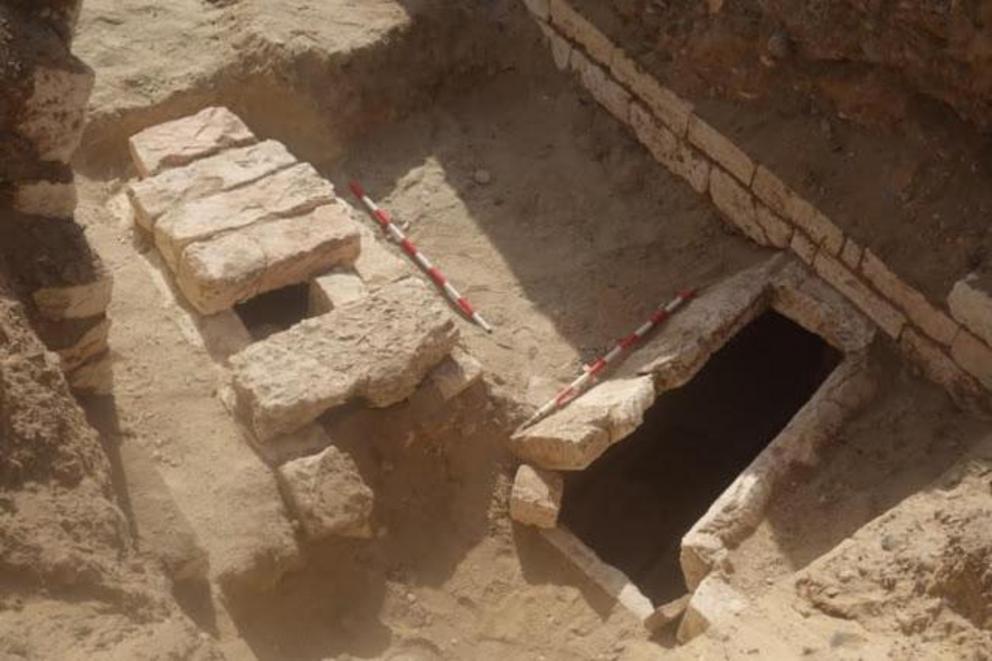
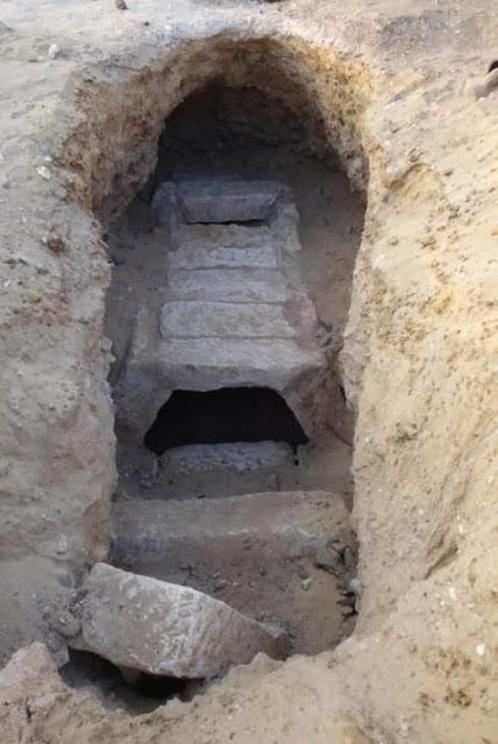
Credit: MoTA Egypt
Dr. Mostafa Waziry (Secretary-General of the Supreme Council of Antiquities) said “The tomb is unique. This style hasn’t been discovered before in El-Bahnasa. The one-room polish limestone tomb has an entrance from the north. The walls lean at the ceiling in a way that it is flat instead of domed, like the previously excavated tombs in the area.” Dr. Waziry also added: “No funerary furniture was found in the tomb.”
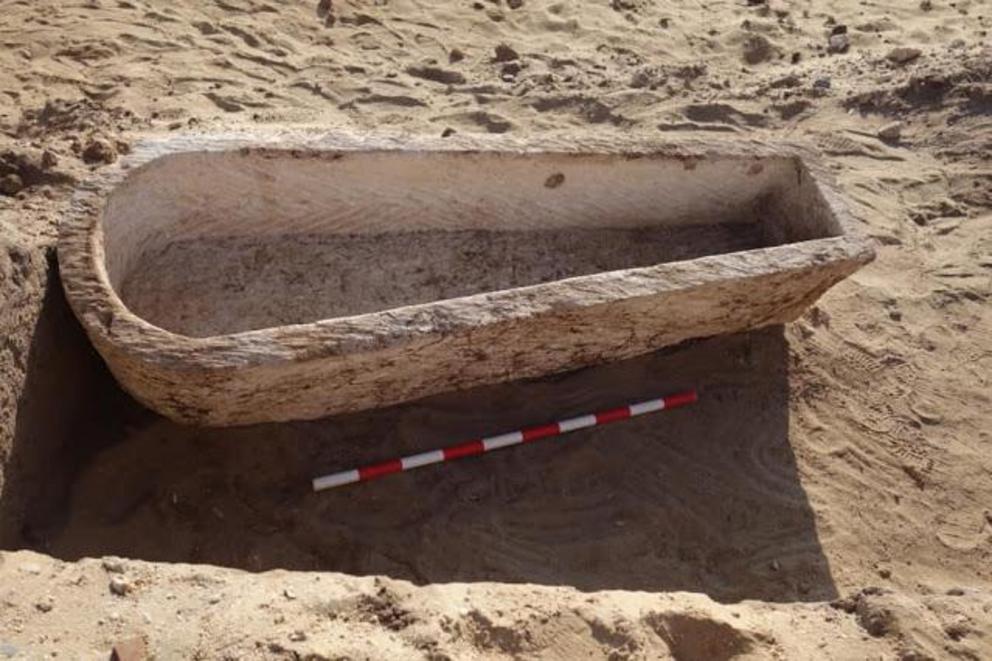
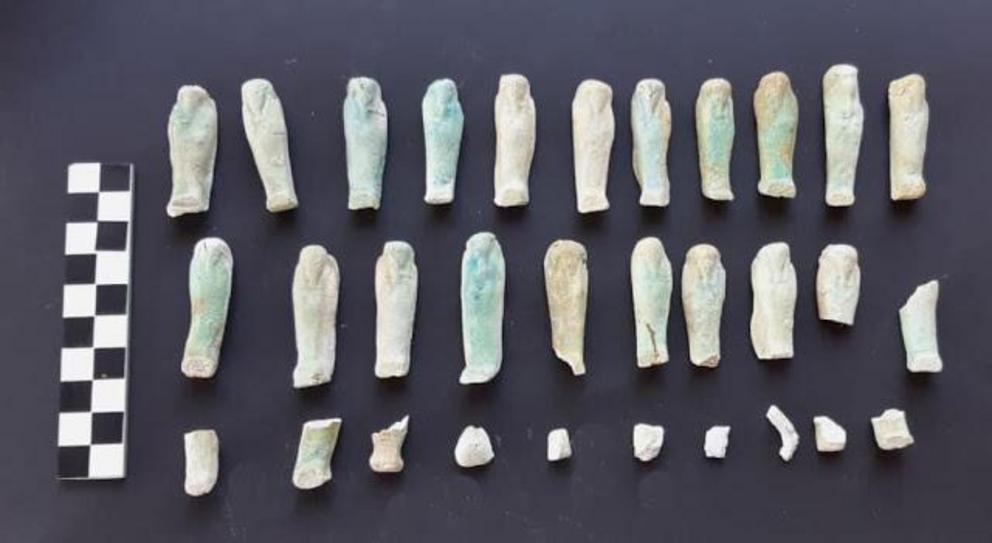
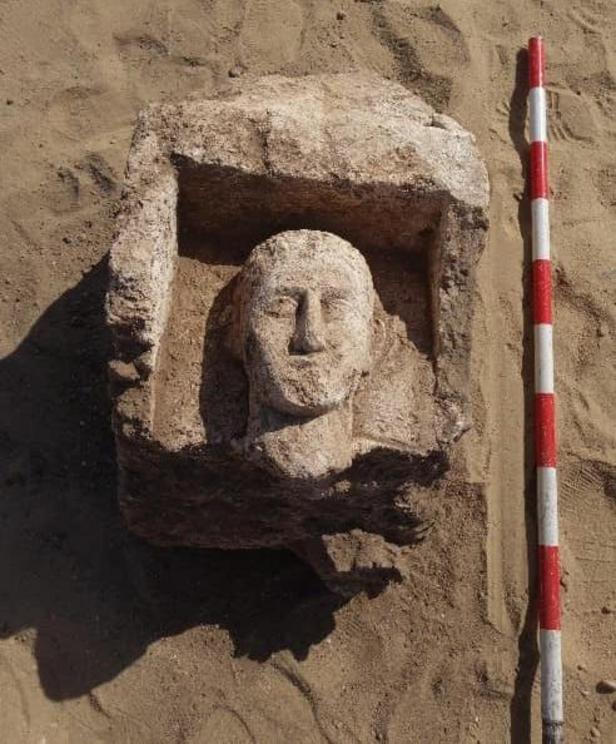
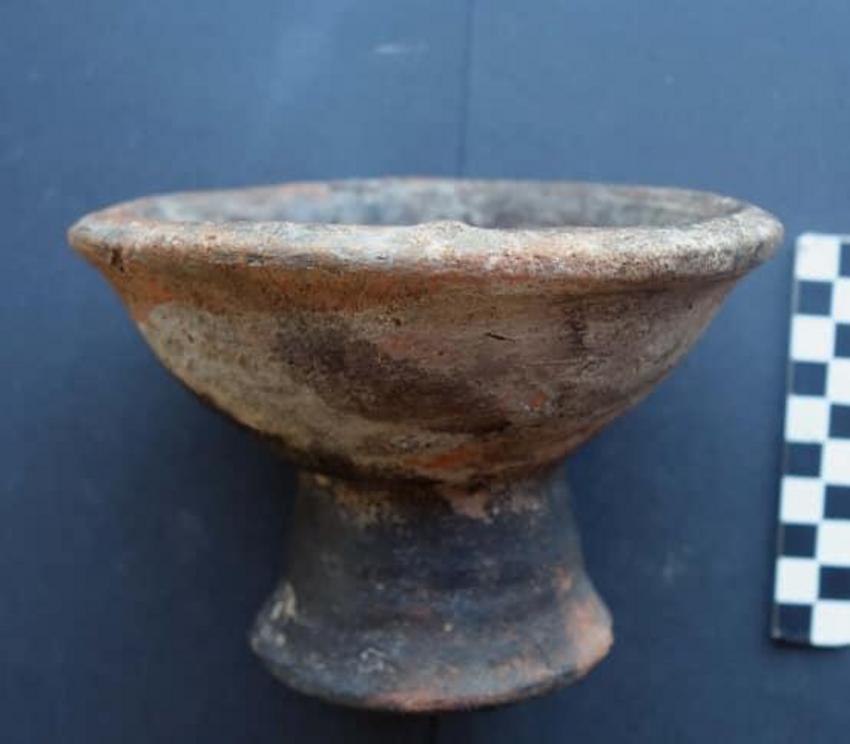
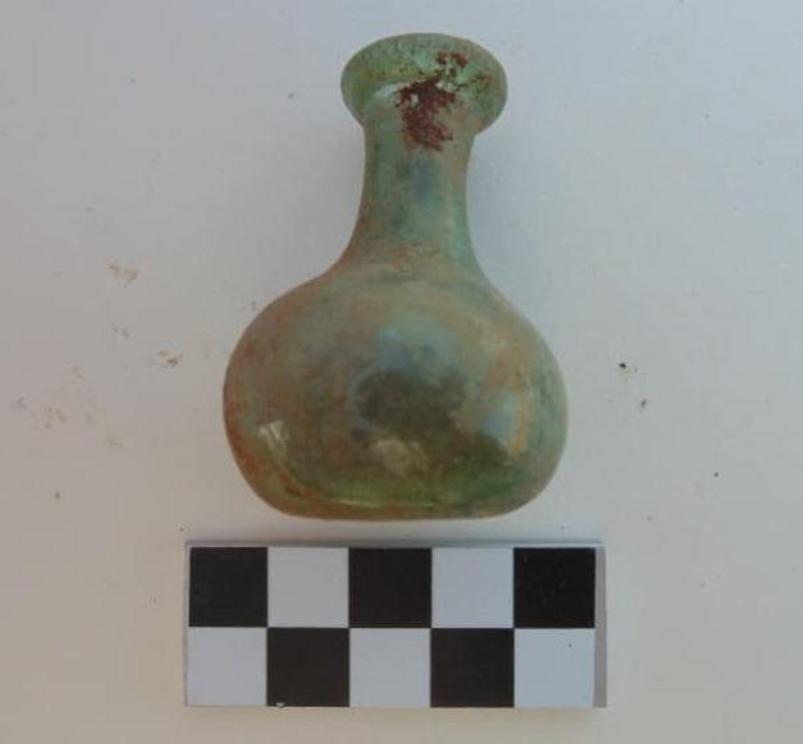
Credit: MoTA Egypt
The director of the mission from Barcelona university Dr. Esther Pons said “The excavations revealed eight tombs, all non-decorated with domed ceiling. Several Roman tomb stones were found inside as well as Bronze coins, Small crucifixes and mud seals.”
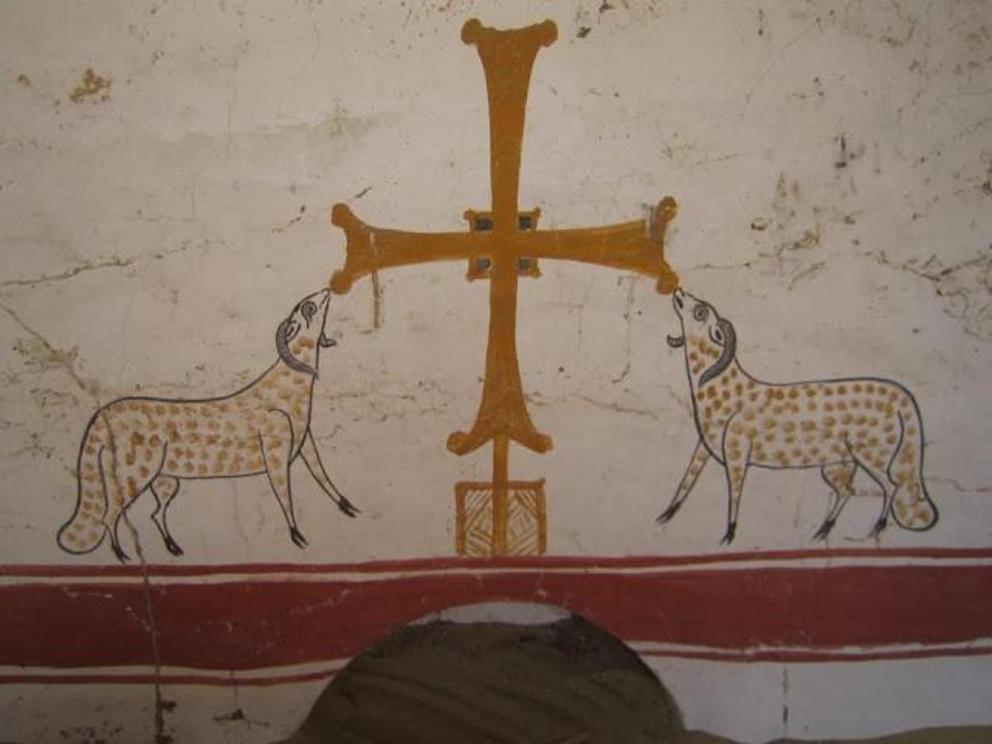
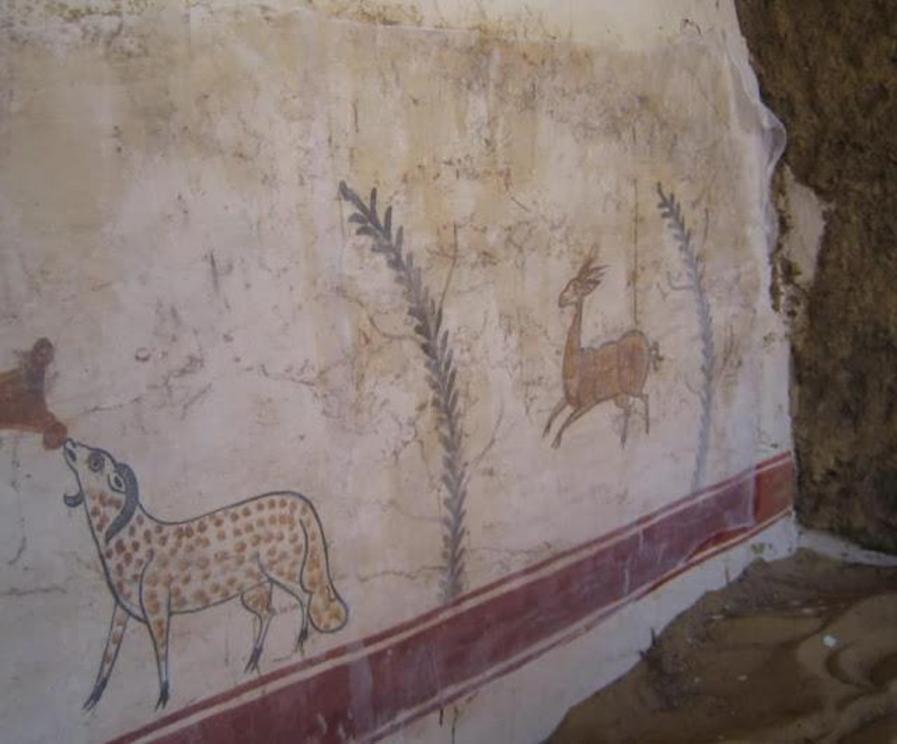
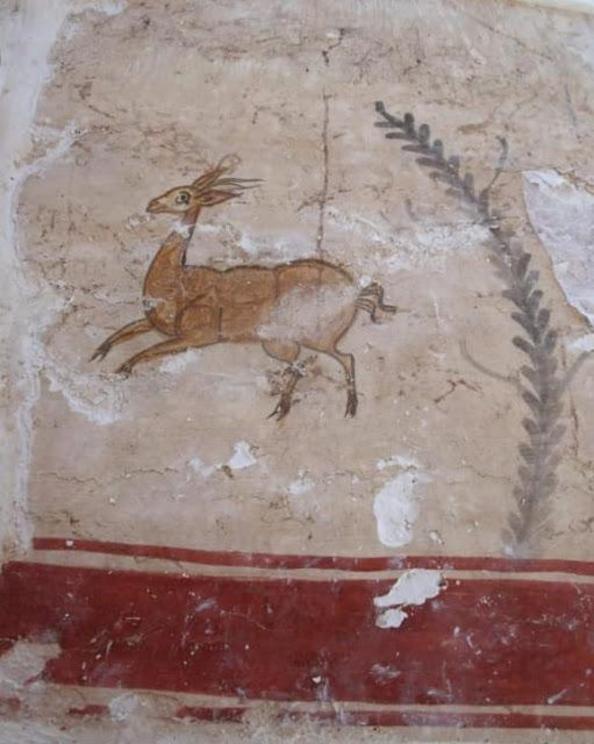
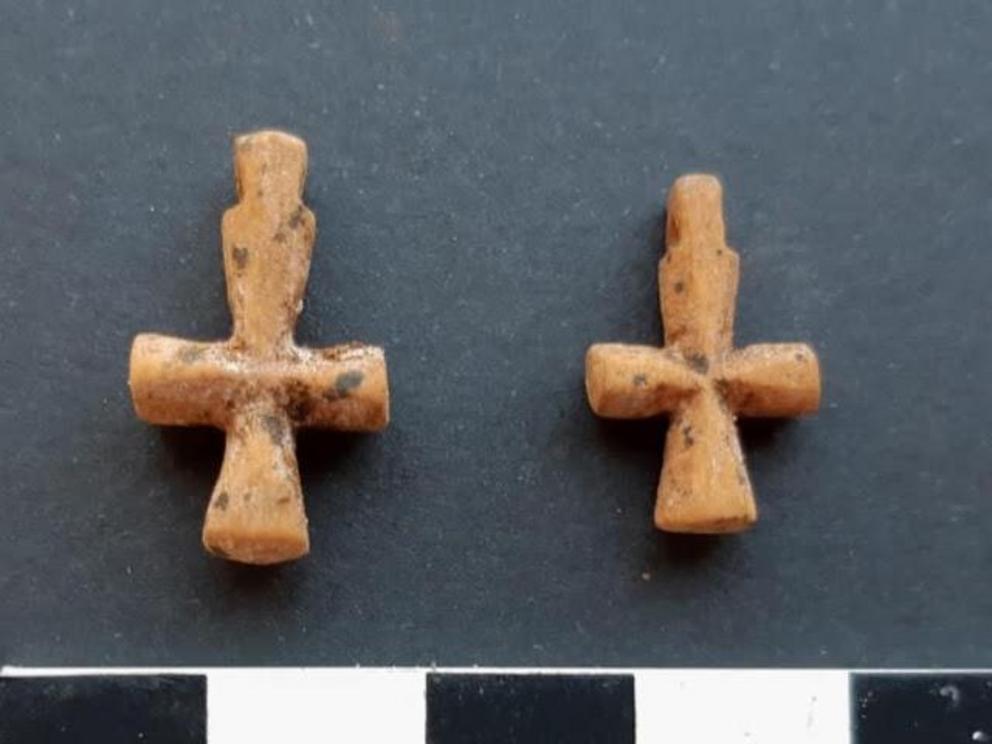
Credit: MoTA Egypt
The newly discovered tombs were unearthed under the bases of some gravestones from the Roman Period. Several finds are related to deceased individuals of the Byzantine Period. Among these finds were inkpots, bronze earrings, ostraca and the funerary gravestone of a released slave who, as it seems, lived in prosperity during his time as a free man.
The team had to finish this season’s work early because of COVID-19 epidemic. During this mission, researchers worked on topographical works, as well as 3D photogrammetry and aerial imaging.
